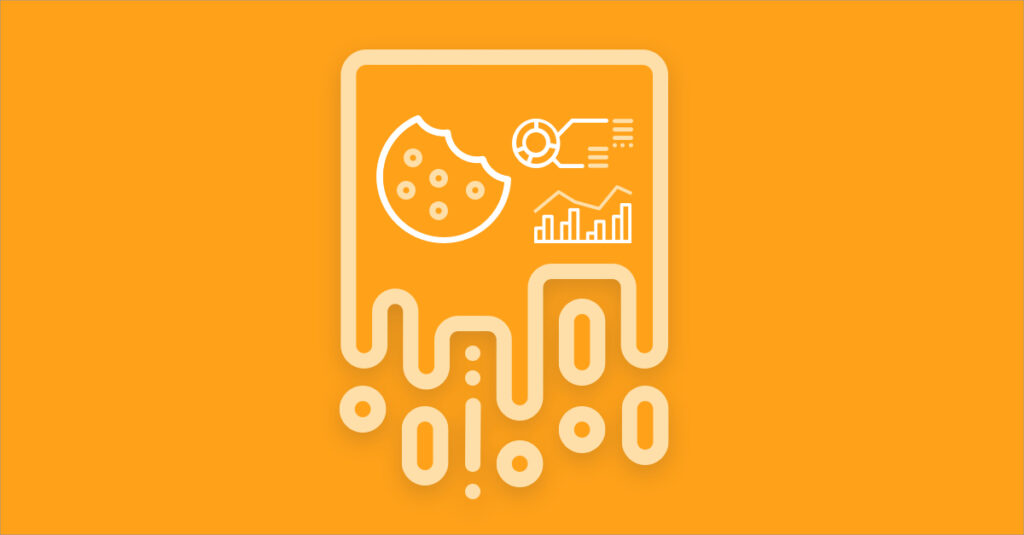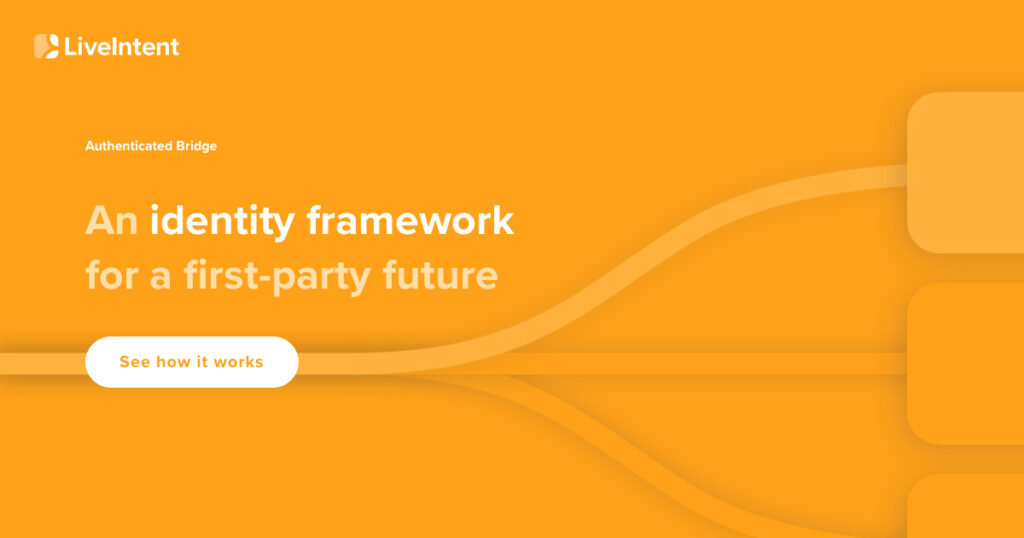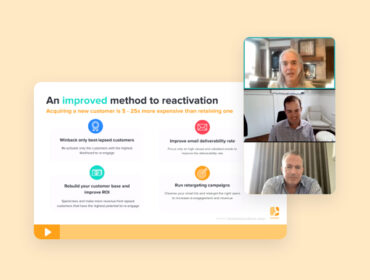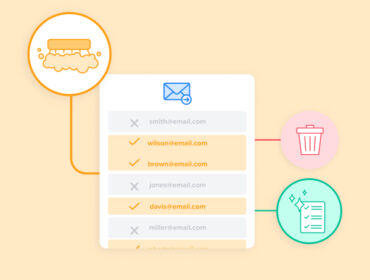Will the demise of the third-party cookie crumble quality marketing?
Our president, Brian Silver, had a message for brands and publishers when he spoke on a panel hosted and moderated by One World Identity: It’s time to be proactive about the impending demise of the cookie and the pivot toward a first-party world

“January of this year, when Google said they were eliminating the third-party cookie from Chrome [within two years], that really started the clock ticking,” Silver said. “We’re really encouraging people to wake up and begin to understand there are things you can do today.”
It’s a message many companies apparently need to hear. Silver referenced a LiveIntent survey that found only 32% of marketers said they knew what they needed to do to move toward a first-party world. He also noted only 10–15% of users log into most publishers’ sites today, indicating a wide swath of readers aren’t sharing data about themselves.
“Will the walled gardens get stronger? Will the role of the independent publisher actually go away? I think we have to really be very conscious of that,” Silver said.
What’s more certain is that establishing a direct relationship with customers, gaining consent and offering transparency will be critical when the cookie goes away. “The relationship between brands, publishers and consumers has never been in a place that’s as open and transparent as needed,” he said. “We have a lot of work to do for us to even get to the start line of January 2022.”
A path forward
Some of that work will involve brands and publishers gaining a better understanding of the pieces of consumer information they are collecting today and what it takes to be consumer compliant.
On a broader scale, Silver said the industry must develop new ways to operate. “The third-party ecosystem that’s been created over these 25-plus years has been a very easy vehicle for all of us to trade information within our own network. I think the most important thing that’s changing is, in a first-party world, there needs to be direct connections and frameworks that get established for brands and publishers to transact together again with the consumer’s consent being transparent and first and foremost.”
Some of those structures have already entered the marketplace. For example, Silver mentioned our own Authenticated Bridge, which uses an identifier called a nonID that is tied to an active and hashed email in our identity graph. The framework connects advertiser and publisher first-party data in a transparent way, which enables our customers to transact today and prepare for a first-party world.
Change for the better
Silver compared the current privacy push to 2003, when the CAN-SPAM Act changed email marketing by giving consumers the ability to unsubscribe from content they didn’t want.
Though the renewed focus on privacy presents its share of hurdles, Silver sees opportunities for the industry to evolve. “From a digital ecosystem perspective, no one I talk to is upset that policy is starting to take shape from the consumer perspective,” he said. “Even though CCPA [the California Consumer Privacy Act] may not be perfect, and it’s far from perfect, at least it’s beginning to drive toward the consent of the wishes of the consumer.”



